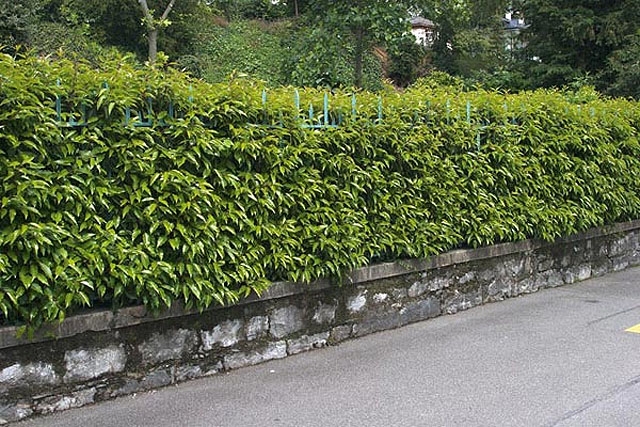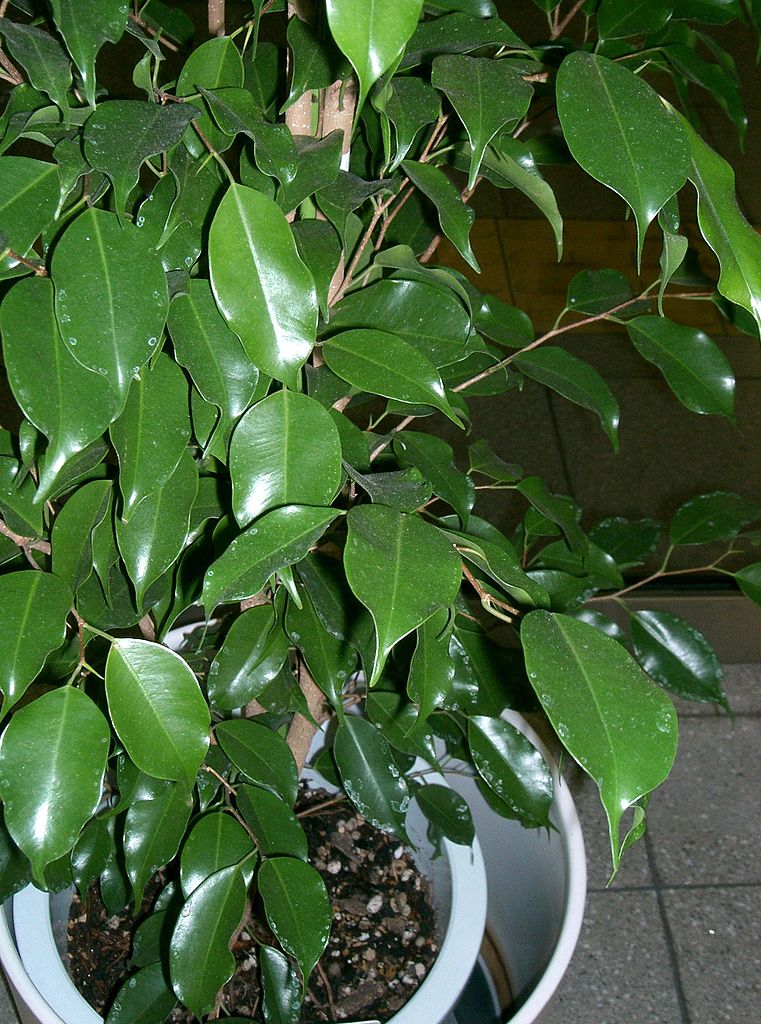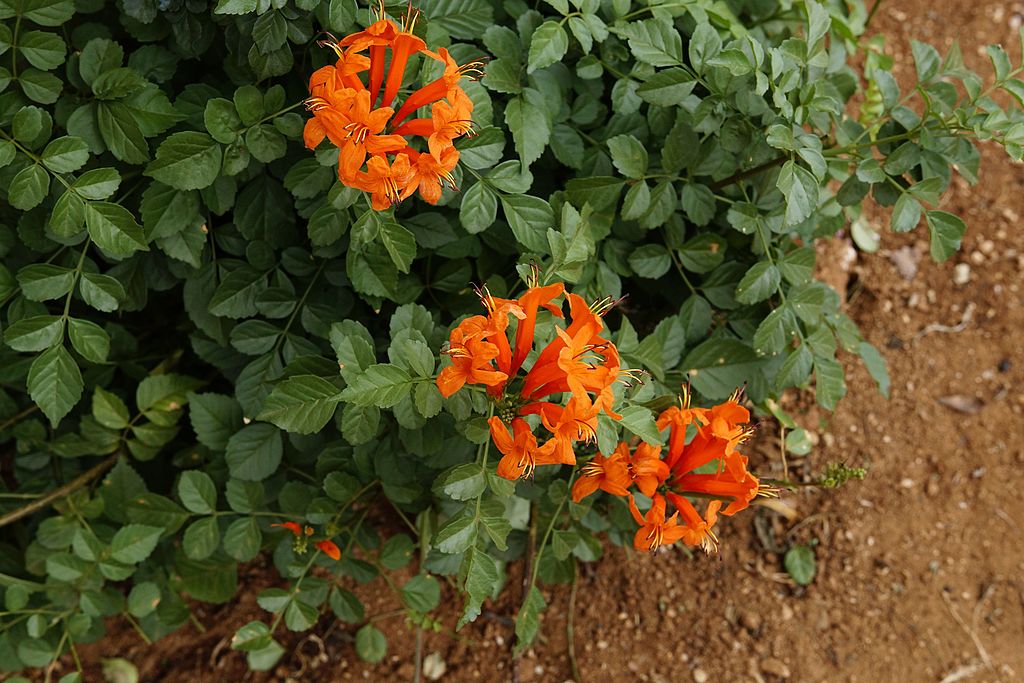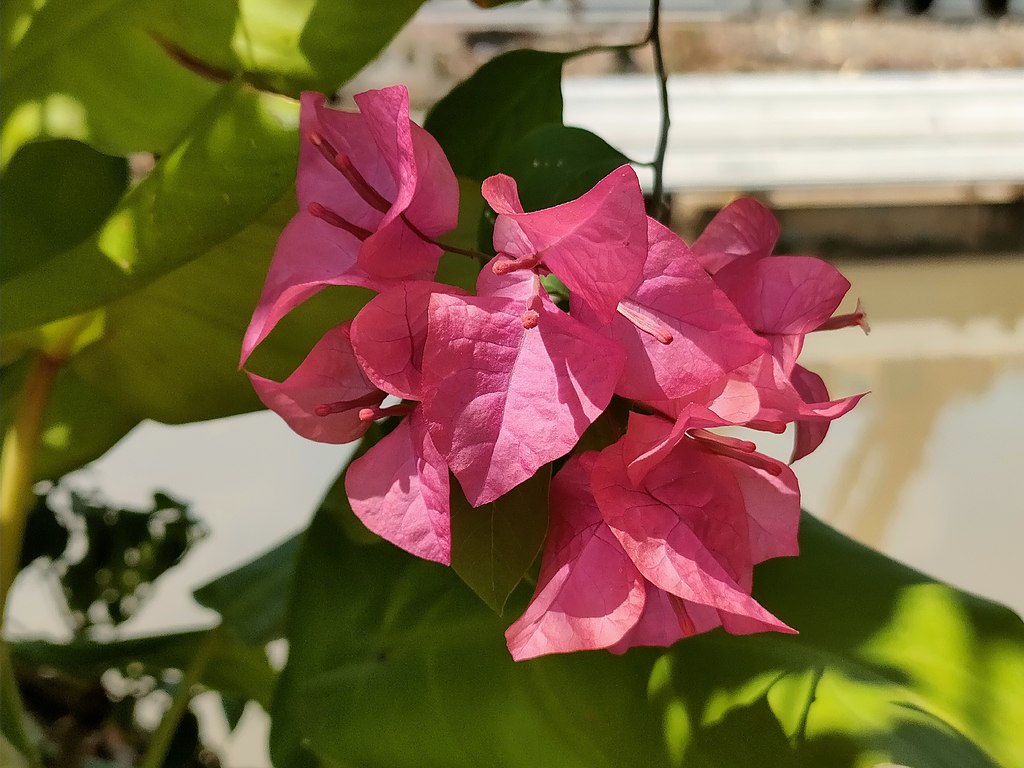Rhapis palm (also known as lady palms) is native to China and is extremely tolerant of low-light conditions. Because of that, is a popular to grow plant as an indoor houseplant. It has a fairly slow growth rate, gaining less than a foot in height per year.
They can be grown indoors and outdoors.
Rhapis palm (lady palms) as an indoor plant
As houseplants, rhapis palms (lady palms) will fit easily into a corner of a room near a bright window.
Luckily their care as an indoor plant is minimal.
If you are comfortable in your house or office environment, these plants also feel comfortable.
All they need is regular watering. Especially on the warm months (late spring, summer and early fall).
Water when the top 5 centimeters of soil feel dry.
Once they are established, they are somewhat tolerant of drought.
Rhapis palm prefers a humidity level at 50% or higher. Brown leaf tips can be a sign that the humidity is too low for the plant. To boost the humidity, you can regularly mist your palm with water from a spray bottle.
Lady palms only need fertilization during the growing season. From around April to September.
Rhapis palm (lady palms) grown outdoors
Rhapis palm (lady palms) can be an attractive plant in your garden.
It thrives in well-draining soil and prefers brindled light or morning sun.
Actually, the less light it receives, the deeper green is the leaves.
You should plant the Rhapis palm (lady palms) in well-draining soil that has been amended with organic matter. Water the palm thoroughly when the surface of the soil is dry to the touch. Don’t overwater.
Lady palms in the garden can survive temperatures as low as -1 degrees Celsius and as high as 100 degrees Celsius. They are as content in humid areas as in dry areas.
Don’t fertilize a rhapis palm (lady palm) for the first six months after planting.
Most rhapis palms grown outdoors should receive a single dose of palm fertilizer (eg. 8-2-12) once a year in spring.
However, if the soil is poor and the palm leaves turn yellow, the palm can be fertilized as many as three times a year during the growing season to supply missing nutrients. Don not over-fertilize.
Rhapis palm (lady palm) spreads by underground stems called rhizomes. Plan to regularly remove the suckers on the outskirts of a lady palm to keep the plant contained.
Greek name: Ραφίς.
Sources: https://www.thespruce.com/growing-rhapis-excelsa-palms-1902881, https://www.bhg.com/gardening/plant-dictionary/shrub/lady-palm/, https://www.valentine.gr/rhapis_gr.php
Tags: ORNAMENTAL PLANTS





